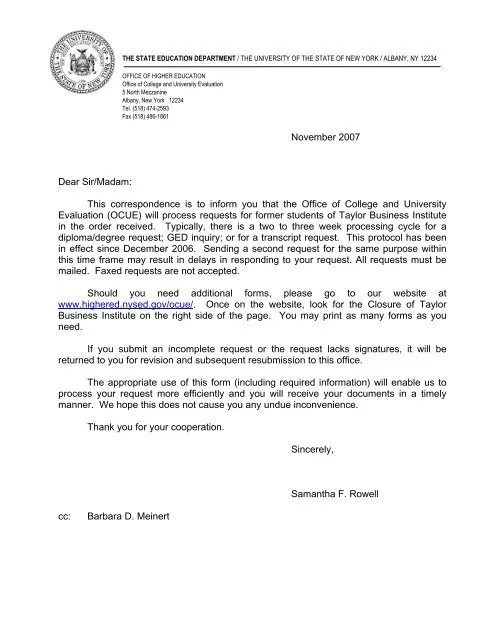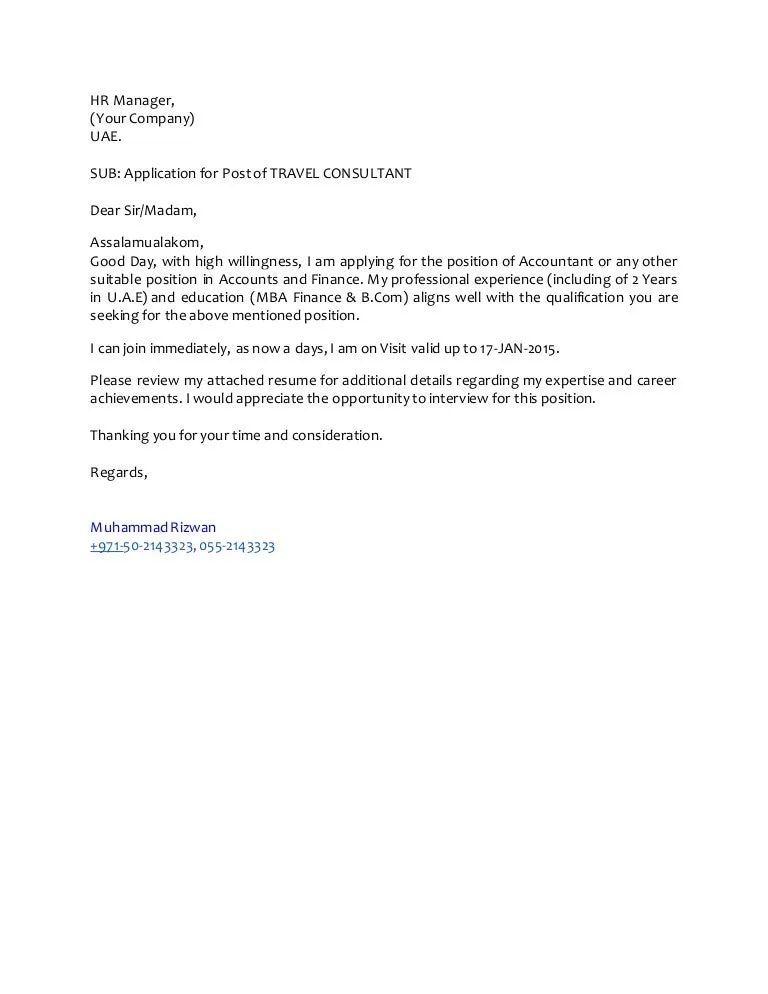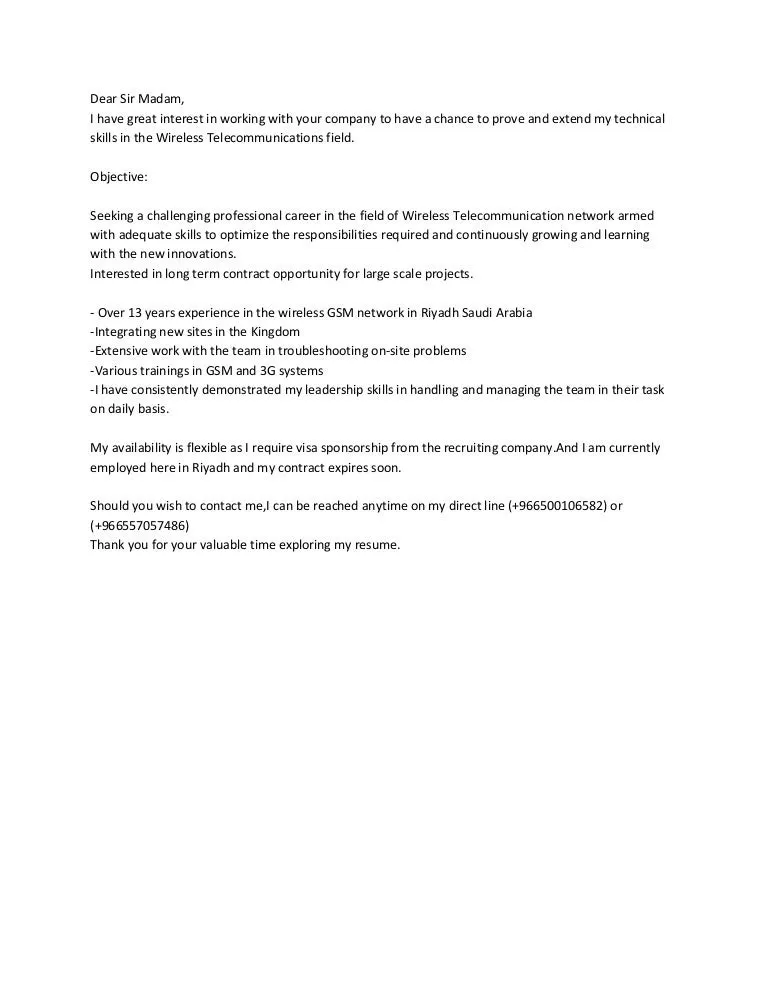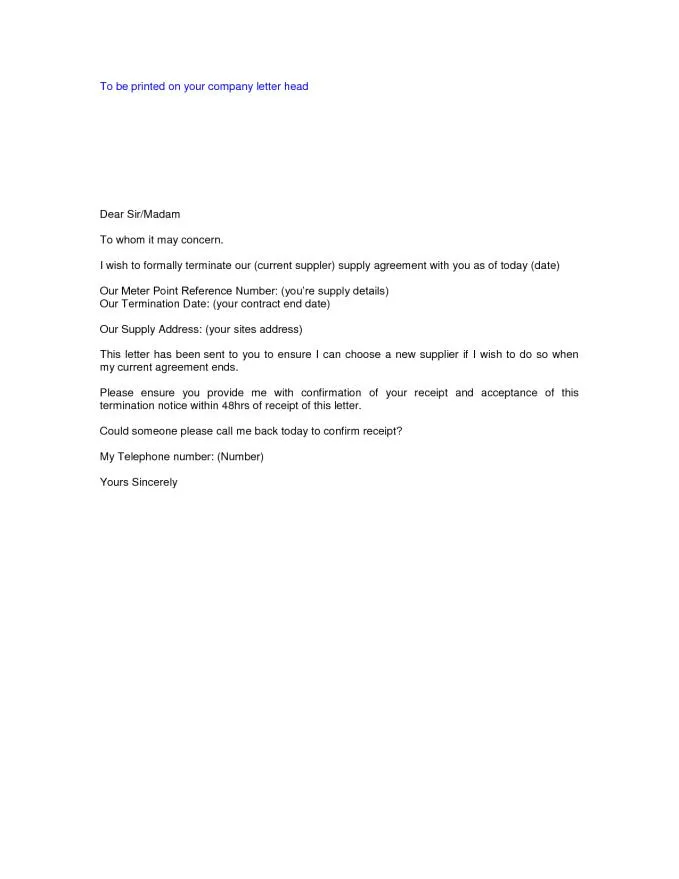Why Your Cover Letter Matters
In today’s competitive job market, a well-crafted cover letter can be your secret weapon. It’s your first opportunity to make a lasting impression on a potential employer. While your resume provides a snapshot of your experience and skills, a cover letter allows you to tell your story, explain your motivations, and showcase your personality. It’s a chance to connect with the hiring manager on a personal level and demonstrate why you’re the perfect fit for the role. A strong cover letter doesn’t just reiterate your resume; it elaborates on your accomplishments, highlights your passion, and convinces the reader to learn more about you. It’s your chance to differentiate yourself from other candidates and ultimately land an interview. Ignoring the importance of a cover letter can mean missing out on opportunities, so it is an important first step.
First Impressions How to Make a Great One
Your cover letter’s opening paragraphs set the tone for the entire document, creating that vital first impression. Start with a strong hook that immediately grabs the reader’s attention. Instead of a generic greeting, consider a specific opening that reflects your understanding of the company or the role. Briefly mention how you discovered the opportunity and why it excites you. Use a confident and professional tone from the start. Your introduction should be concise yet compelling, aiming to capture the reader’s interest and prompt them to delve deeper into your qualifications. Remember, the goal is to make the hiring manager want to learn more about you and see how you can contribute to their team. By following these steps, you can establish a solid foundation for your job application and increase your chances of making a positive first impression.
Showcase Your Value

Focus on what you bring to the table instead of just listing your past responsibilities. Highlight your key skills and experiences that align with the job requirements. Explain how your skills and experiences will benefit the company. Use specific examples to illustrate your accomplishments and demonstrate your ability to solve problems, achieve goals, or improve processes. When showcasing your value, it is key to align your skills and experiences with the company’s needs and objectives. Emphasize how your contributions can help the organization succeed. Tailoring your cover letter to each specific job application is a crucial step, and it demonstrates your genuine interest and commitment to the role. This proactive approach helps to convince the hiring manager that you are not just another applicant but a valuable asset. Therefore, be sure to mention your key strengths and how they make you the ideal candidate.
Highlight Relevant Skills
Identify the key skills required for the job and demonstrate how you possess them. Don’t just list skills; provide evidence of how you’ve used them successfully in the past. Use action verbs to describe your accomplishments and highlight the results you achieved. Be clear and concise in showcasing your qualifications. By explicitly connecting your skills to the job requirements, you show the hiring manager that you understand their needs and can deliver results. If the job description mentions specific software, tools, or methodologies, make sure to include them in your cover letter. Tailoring your skills section to align with the employer’s expectations shows your attention to detail and genuine interest in the role. Remember, the purpose of highlighting skills is not just to fill space; it’s to convince the employer that you are a perfect fit.
Target Your Cover Letter
Research the Company

Before you start writing, research the company and understand its values, mission, and recent achievements. This demonstrates your genuine interest and allows you to tailor your letter to their specific needs. Visit their website, read news articles, and check their social media profiles to gather relevant information. This research will enable you to align your skills and experiences with the company’s goals. Use the information you gather to personalize your cover letter, showcasing your understanding of their business and how you can contribute to their success. Mentioning specific projects, initiatives, or values that resonate with you will demonstrate your genuine interest. Employers appreciate candidates who have taken the time to learn about their organization. Research allows you to make a more personalized and impactful cover letter, which significantly increases your chances of standing out from other applicants and getting the job.
Address the Right Person
Always try to address your cover letter to a specific person, such as the hiring manager or the recruiter. This demonstrates your attention to detail and shows that you’ve taken the time to research the company. If you can’t find a name, try contacting the company directly to inquire. Addressing your letter to a specific person makes it more personal and increases the chances of it being read. If you cannot find the hiring manager, try to search LinkedIn to see if you can find information on the person. Avoid generic greetings like “To Whom It May Concern.” Instead, use a formal salutation, such as “Dear Mr./Ms. [Last Name]” This creates a more professional tone and makes your cover letter stand out. If a name is not available, consider using a title, such as “Dear Hiring Manager,” to personalize the opening without seeming generic. This small effort can make a significant difference in how your application is received.
Customize for Each Role
Avoid using a generic cover letter for all job applications. Tailor each letter to the specific requirements and qualifications of the role. Review the job description carefully and highlight the skills and experiences that align with the employer’s needs. Customize your letter to reflect the company’s values and culture. Use the language from the job description to show that you understand the role and the organization. Customize your cover letter by including specific examples of how you have used your skills in the past. This personalization shows that you have researched the company and genuinely want the job. Tailoring your cover letter to each specific role greatly increases your chances of being selected for an interview. This effort demonstrates a genuine interest and a commitment to the position. It proves to the hiring manager that you have taken the time to understand their requirements and are a strong fit for the role.
Format for Readability

Keep It Concise
Keep your cover letter concise and easy to read. Aim for a maximum of one page, focusing on the most relevant information. Use clear and direct language, avoiding unnecessary jargon or overly complex sentences. Break up large blocks of text with paragraphs to improve readability. Use a professional font, such as Times New Roman, Arial, or Calibri, in a standard size. By keeping your cover letter concise, you ensure that the hiring manager can quickly grasp your key qualifications and understand why you are a good fit for the role. Avoid repeating information that is already in your resume. Focus on expanding on your experience, highlighting your accomplishments, and showcasing your personality. A well-formatted and concise cover letter demonstrates respect for the reader’s time and increases the likelihood of making a positive impression.
Use a Professional Tone
Maintain a professional tone throughout your cover letter. Use formal language and avoid slang or colloquialisms. Ensure your writing is grammatically correct, with proper spelling and punctuation. Proofread your letter carefully to catch any errors. A professional tone conveys your seriousness and respect for the opportunity. Use clear and concise language, avoiding any ambiguity or informal language. It also ensures that your cover letter reflects a polished and professional image. Proofreading is crucial for a cover letter as it demonstrates attention to detail. By maintaining a professional tone, you present yourself as a qualified candidate who takes their job application seriously. A well-crafted cover letter creates a positive impression and sets you apart from other candidates.
Proofread Meticulously

Before submitting your cover letter, proofread it carefully for any grammatical errors, spelling mistakes, or typos. Errors can undermine your credibility and make a negative impression on the hiring manager. Read your letter aloud or have a friend or family member review it. Proofreading is an essential step to ensure your cover letter is polished and professional. Use a grammar and spell checker to identify any potential errors. Pay close attention to punctuation, capitalization, and sentence structure. Taking the time to proofread your cover letter shows that you care about the details and are committed to producing high-quality work. This attention to detail will help you to make a positive impression and increase your chances of landing an interview.
Focus on Achievements
Quantify Your Impact
Whenever possible, quantify your achievements with numbers and data. Instead of saying “Improved customer satisfaction,” state “Increased customer satisfaction scores by 15%.” Use metrics to demonstrate the impact of your contributions. Quantifying your achievements gives hiring managers a clear understanding of your impact and capabilities. Numbers add credibility and make your accomplishments more compelling. Using metrics helps to showcase your value and differentiate yourself from other applicants. When possible, include percentages, dollar amounts, or other data points to support your claims. Providing specific data allows hiring managers to see the concrete results of your work. By quantifying your achievements, you show that you’re results-oriented and focused on delivering measurable outcomes.
Provide Specific Examples

Instead of making general statements about your skills, provide specific examples to illustrate your accomplishments. Describe a situation, the actions you took, and the results you achieved. This will show the hiring manager how you have applied your skills in the past. Use the STAR method (Situation, Task, Action, Result) to structure your examples. Provide context for your actions and explain what you did to achieve the positive outcome. Tailor your examples to the specific requirements of the job. Specific examples make your cover letter more engaging and memorable. They give hiring managers concrete evidence of your abilities. Providing specific examples will differentiate you from other candidates and demonstrate your ability to perform the job.
Call to Action
Conclude your cover letter with a clear call to action. Express your enthusiasm for the opportunity and reiterate your interest in the role. Include a statement about your desire to discuss your qualifications further in an interview. Thank the hiring manager for their time and consideration. A strong call to action encourages the hiring manager to take the next step. It shows that you are confident and eager to move forward in the hiring process. A call to action is a key part of a cover letter. It reinforces your interest and encourages the employer to reach out. This simple but effective tactic can significantly increase your chances of getting an interview. Always proofread the conclusion to ensure you have conveyed your excitement clearly. By ending with a call to action, you signal your readiness to take the next step and solidify your interest in the position.
